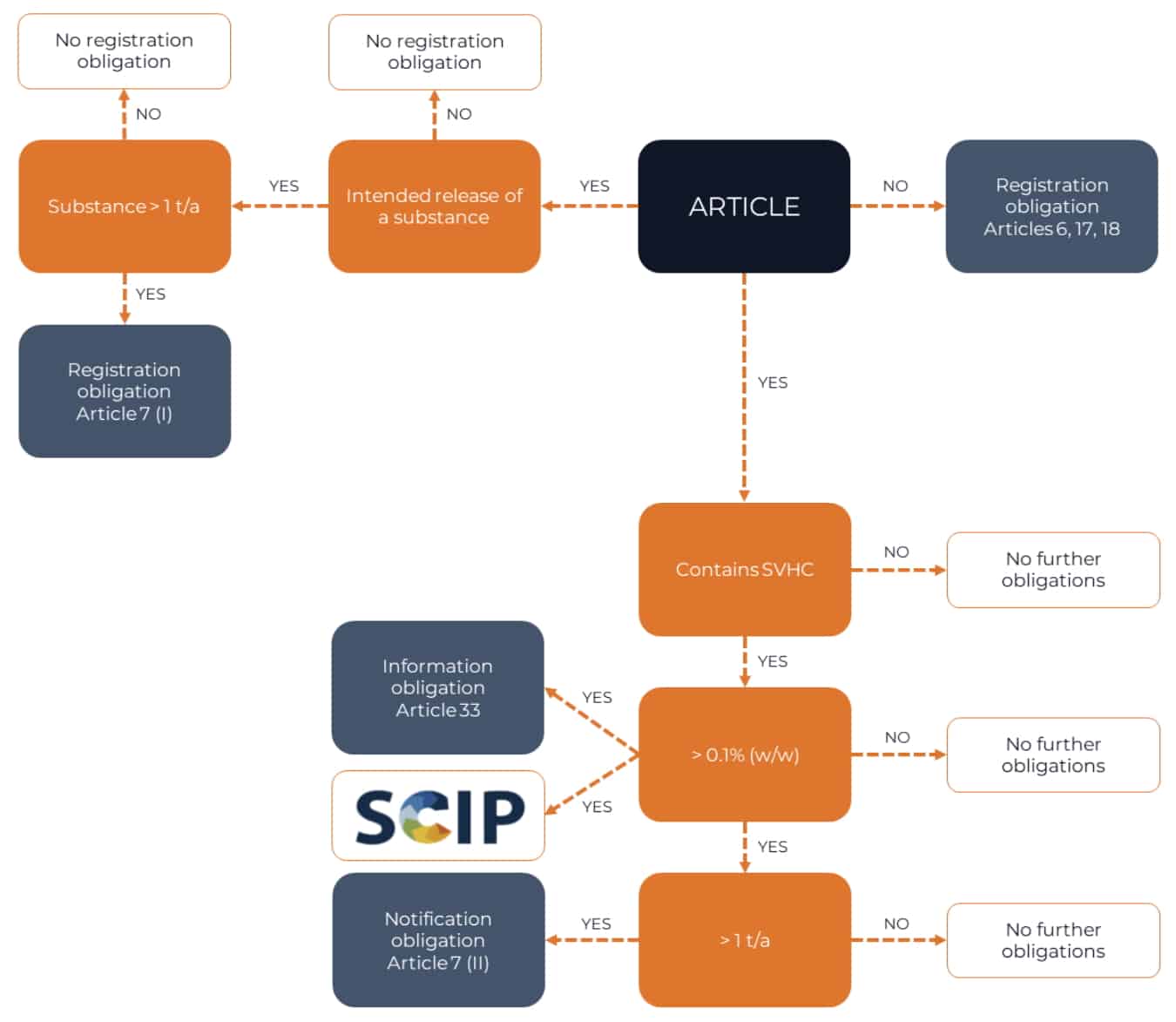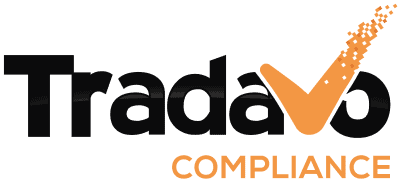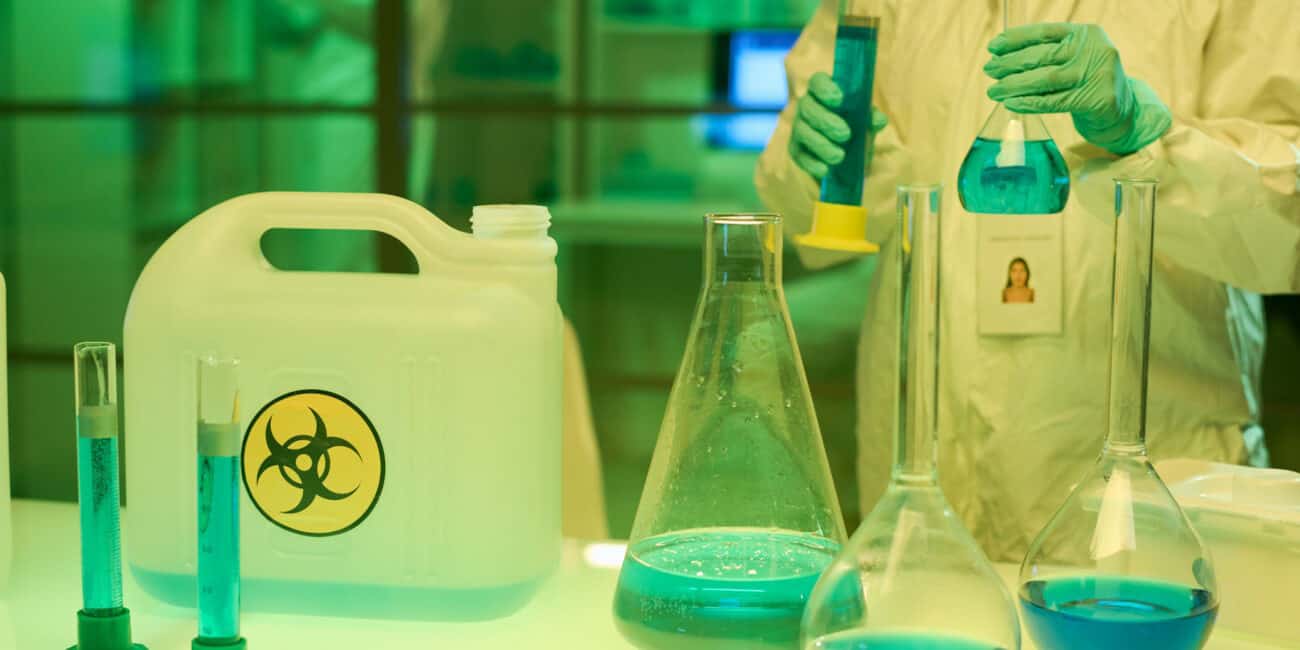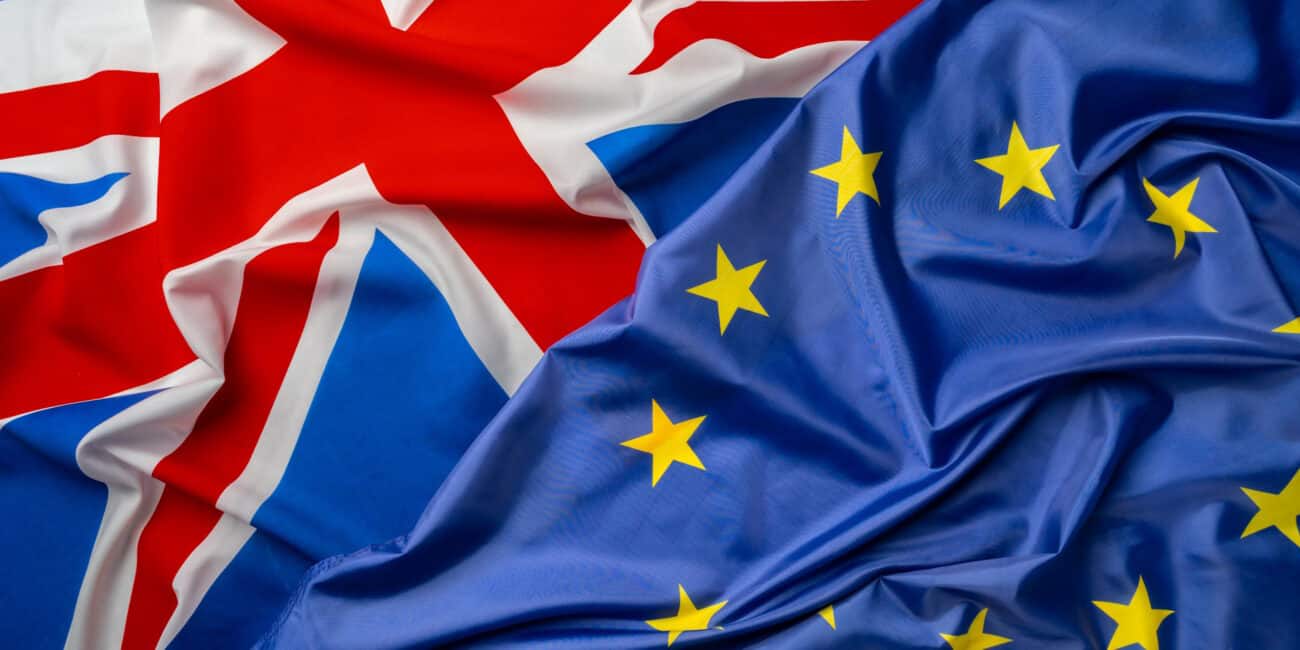REACH Regulation - Basics
You have discovered a great product, which you now want to sell as an Amazon seller. Still, you do not yet know precisely what must be observed for a legally compliant introduction of products from other EU countries? Then you have come to the right place. This series of articles aims to provide some guidance in the regulatory jungle. In this article, we’ll discuss the basics of the REACH regulation, including what it stands for, who is affected, and what the terms “article,” “SVHC,” and even “filler” mean.
Perhaps you are now thinking, “as long as I only sell …, this regulation is not relevant for me at all”. But this assumption is wrong because for the REACH regulation, all chemicals present in a product are essential without exception, and it doesn’t matter if they are only on a label or the packaging. As soon as you buy goods outside the EU to sell them afterward, you are considered an importer – with the associated obligations. Even if you buy your products and then label them with your logo or brand and resell them, you are a so-called (quasi)-manufacturer. You are liable in this case, just like the “real” manufacturer of the product.
As a fulfillment service provider, Amazon is an important economic player and therefore bears a great deal of (co-)responsibility. There is also a lot of pressure on Amazon to ensure compliance with the REACH regulation, so in the future, there will be even more checks on sellers by Amazon itself. Hence, it is crucial that you also know about this regulation as an Amazon seller to avoid far-reaching consequences in case of a violation.
Goal of the REACH Regulation
REACH stands for “Registration, Evaluation, Authorization, and Restriction of Chemicals.” The REACH Regulation regulates the content of substances in goods hazardous to health or the environment.
The main objective of the regulation is to protect human health and the environment. It covers almost all chemicals imported into and marketed in the EU area. In addition, the REACH system makes importers and manufacturers responsible for proving the safety of their chemicals themselves.
What are mixtures, substances, and articles?
To understand how and to what the REACH regulation applies in the first place, it is vital to understand the difference between substances, mixtures, and articles.
A substance is defined as a chemical element and its compounds. A mixture is a deliberately created blend of two or more substances, such as cleaning agents or paint. Ballpoint pens, for example, are considered a mixture because they contain paint. Wet cleaning cloths are also a mixture since the cloth – as a carrier material – absorbs the cleaning agent (mixture).
According to Art. 3 No. 3 of the REACH Regulation, an article is an object whose specific shape, surface, or design is more critical for its function than its chemical composition. In the case of tools, packaging, or a sweater, the shape determines the function, not the chemical composition.

Unfortunately, this distinction is not as simple as it appears at first glance. The REACH regulation primarily affects substances and mixtures. Still imports in articles – and thus the entire article – may also be subject to registration.
For substances in articles to be subject to registration, a sense must be released from or through the article. This applies to the intended release of a substance and the “cannot exclude” discharge of a specific hazardous substance from an article.
In addition, there must be more than 1 ton of the substance per producer or importer per year . We must take a closer look at this. We aren’t talking about one ton of pencils in our pen example but one ton of filler, such as ink or paint.
It is also important to note that packaging is also considered a separate article. Therefore, the exact information requirements apply to the actual product.
“Once a product, always a product” – If a product once produced is assembled with one or several other products to form a complex product, it does not thereby lose its product character. Therefore, even in this case, information must be provided about each article contained in which a substance of concern is present at a level of more than 0.1%.
SVHC - Substances of Very High Concern

The REACH regulation is very complex. It covers an immense number of substances, the list of which also changes twice a year. Keeping up to date in this jungle of regulations can be very time-consuming.
If you are looking for a reliable partner for legally compliant implementation, then Tradavo is the right place for you. We take care of researching the legal requirements, closing conformity gaps with the help of partner laboratories if necessary, and finally providing you with a declaration of conformity ready to sign.
You need assistance?
It is best to book an appointment directly for a free initial consultation.
Outlook for Part 2
Who wrote this article?
As an author, Christina fills the blog section of our website with exciting and informative articles, so that our readers can always take care of product compliance in their company in the most well-informed way.




